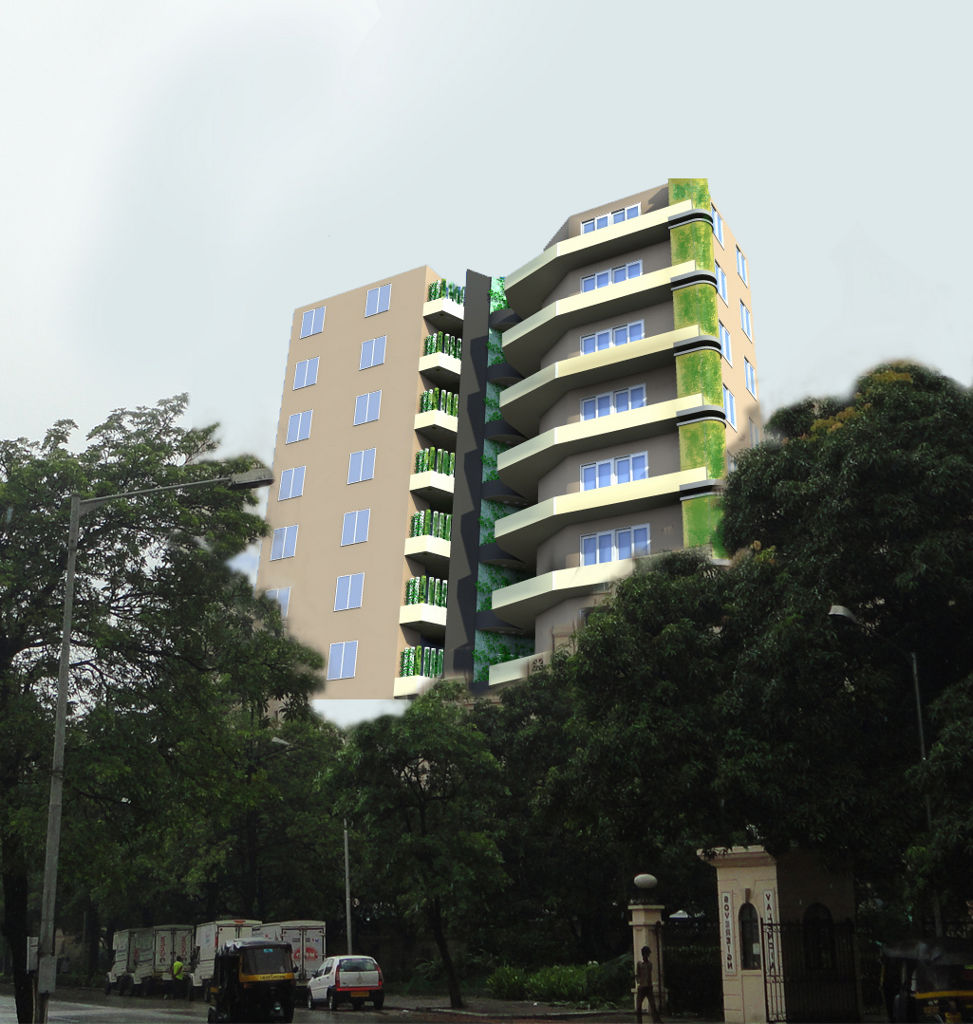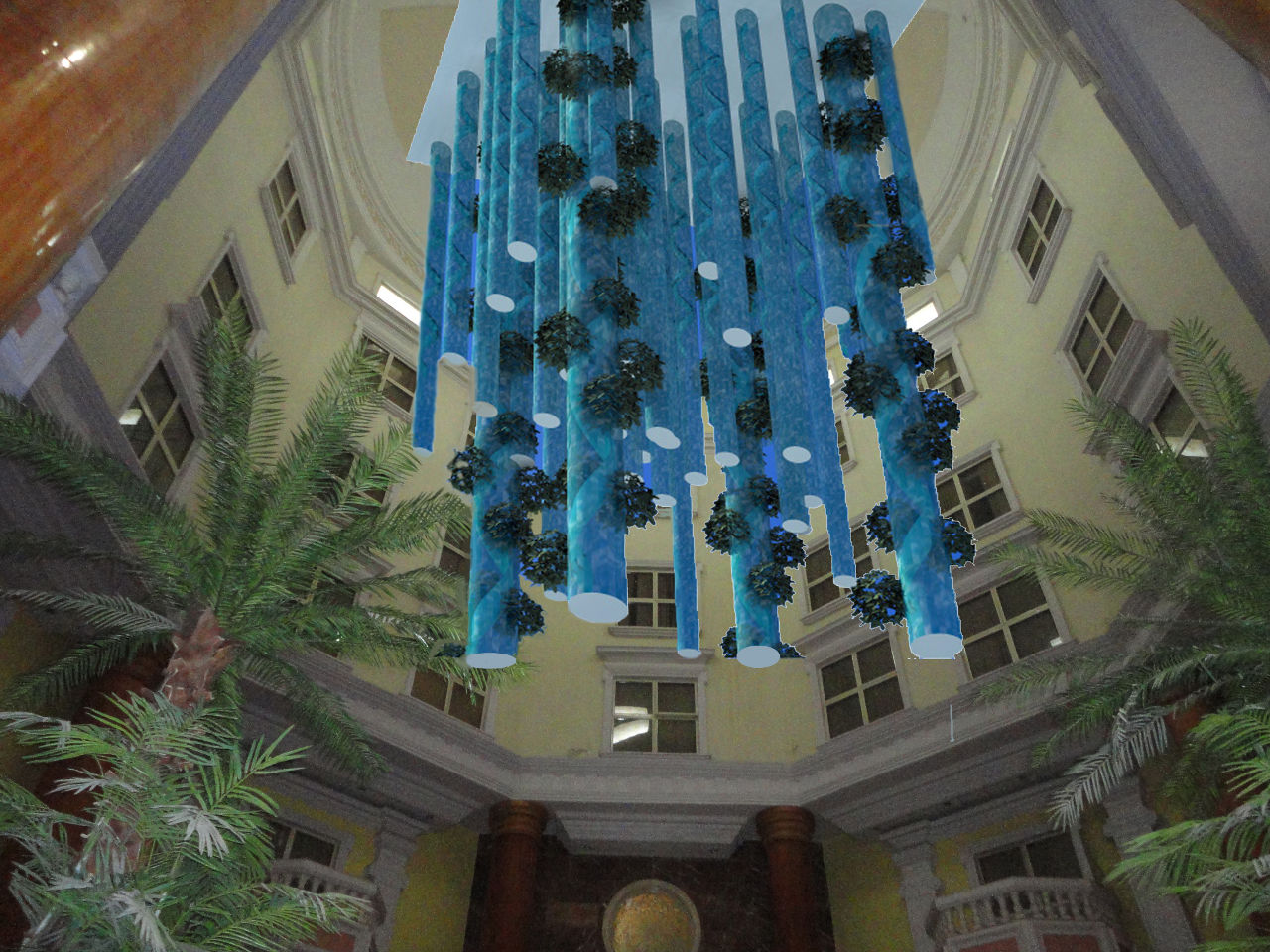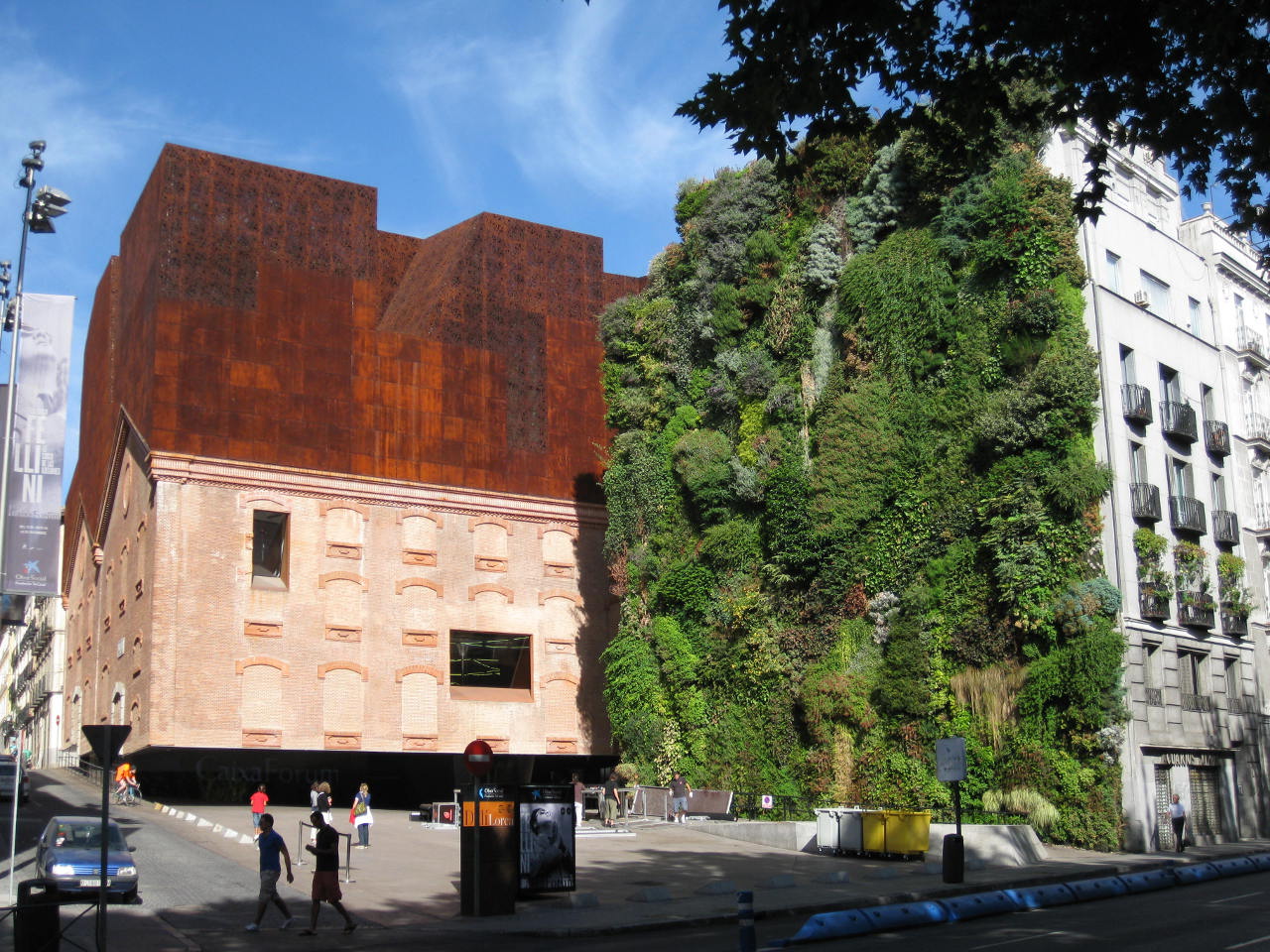Video
Traditional farming requires huge inputs to sustain it, from water to potentially hazardous pesticides to fertilizers. After food is grown by conventional agricultural methods, it must be stored, refrigerated, and transported to the urban centers where it will be consumed, making traditional farming highly pollution-producing. Vertical Urban Agriculture has the potential to solve this problem and could lead to urban and environmental renewal on a fantastic scale for India’s cities.
What’s Causing the Problems
Of India’s 2.94 million km2 of land mass, approximately 1.1 million km2 is given to agricultural production. Vertical Urban Agriculture equates 1 indoor acre with 10 outdoor acres of production capacity. We could potentially reduce India’s agricultural land to 110,000 km2 and increase forest cover to a maximum of 1.7 million km2. Increasing forest cover leads to healing the Earth and undoing the damage that years of agricultural production have wrought on the land. Forest cover is a great asset to exports, because forest-based industries like wood, paper, etc., can earn India significant foreign exchange. Forested land can also attract tourism. From a development perspective, forested land supports the poorest of the poor and can become part of an integral strategy for rebalancing India’s skewed wealth distribution. We cannot deny that forests are good for the Earth, and, as India’s per capita energy consumption rises, increasing its forest cover could have significant environmental benefits.
In India, especially, we will most likely face an acute water crisis. In the southern Indian states of Karnataka and Andhra Pradesh, large proposals – including the Australian- and Singapore-financed Odyssey Science City, to be built over 65,000 acres at a cost exceeding $10 billion – have hit a road block where water supply is concerned. Although IT has been a great wealth generator, a water crisis might undermine India’s capacity to build new IT-centric cities, which are much needed if India wants to keep its advantage over China in the IT sector.
In theory, cities are efficient, solving the basic needs of their inhabitants for clean water and sanitation and providing easy access to social, cultural, and health services. However, Indian cities are projected to rapidly expand: 80% of India will soon live in its urban areas. The cost of meeting basic needs of the urban population will increase, as will the strain on the environment and natural resources. In some Indian cities, almost half of the population has no access to housing, clean water, or basic sanitation. Almost a quarter of all housing in India’s urban centers is in slums that are mostly located around employment centers and central business districts (CBDs). India’s urban areas contribute to two-thirds of India’s GDP and 90% of government revenues. Cities have not found an effective use for their own garbage, and most cities the world over are choking on their garbage.
Vertical Urban Agriculture
Urban agriculture has a long history, from roof kitchen gardens to hot houses within apartments and flats to vertical gardens to farming derelict parking lots and brownfields. So what is Vertical Urban Agriculture and where does it fit?
Vertical Urban Agriculture is essentially made up of high-rise towers 20–30 stories tall or taller that provide a temperature-controlled environment where plants of any kind – like fruits, vegetables, and flowers – can be grown, hydroponically (nutrient-enriched water) or aeroponically (nutrient-enriched air), without the need for soil or compost. In Vertical Urban Agriculture, some floors might be dedicated to growing rice and others to growing strawberries, watermelons, etc. These Vertical Farms are free of some of the limitations of traditional farms. They can also process their own garbage and use gray water, acting as a water-purification method for the surrounding city and providing clean drinking water. The idea for vertical farming is being developed and championed by Dr. Dickson Despommier and his students at Columbia University.
Mumbai, with a population of 12.5 million, could become self-sufficient with regards to its food needs by adding 100, 30-story vertical farm towers built around its periphery, while Delhi would need approximately 130 vertical farm towers. Although building vertical farms on the periphery of these cities would impose an ancillary cost of transportation, a chronic lack of urban planning in India’s great metropolitan areas has led to skyrocketing housing and office costs. In cities like Mumbai, these costs are close to the highest in the world. Weak local municipal finances have resulted in rapidly deteriorating urban environments.
The Solution?
A proposal by an architectural firm in Mumbai proposes to integrate Vertical Urban Agriculture and residential housing in a single building. This proposal aims to make individual apartment buildings self-sufficient for their food requirements.



Malnutrition, especially of children, is a chronic problem in India: in certain states the malnutrition levels are higher than those in sub-Saharan Africa. Vertical farming, with its high and nutritious yields, close proximity to the local population, and simplified distribution chains can go a long way toward alleviating the problem of malnutrition in urban populations.
Clearly, Vertical Farming can help to solve many of India’s urban problems. In addition to providing a sustainable source of food and drinking water, Vertical Farms can provide employment to locals. Additionally, businesses can take part in this trend by offering food grown on the premises as a perk. The Mumbai Port Trust boasts a 278.7 m2 (3,000 sq. ft.) rooftop farm that provides excellent roof-to-plate food solutions to its staff.
However, if India were to adopt Vertical Farming, what would its conventional farmers do? The last 30 years have shown that India has taken to the service industries; perhaps India’s traditional farmers can move toward more industrial and service-oriented occupations. Some traditional farmers can continue to serve niche markets, like Suresh Borkar, an Indian Institutes of Technology (IIT) alumnus and rice farmer in the town of Karjat on the outskirts of Mumbai, who mostly exports his rice or sells it to a few within the city.


